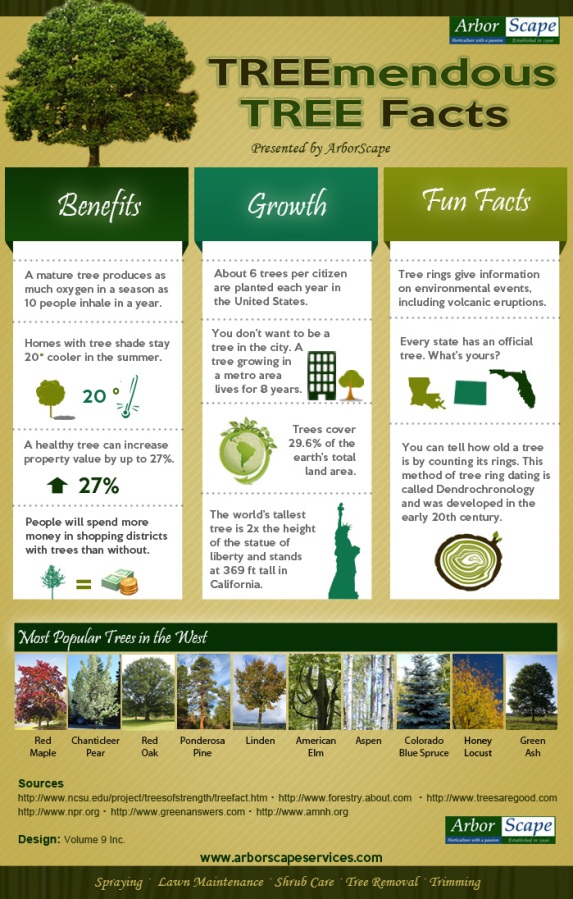Discover Exactly How To Keep A Successful Setting After Tree Removal
Discover Exactly How To Keep A Successful Setting After Tree Removal
Blog Article
Authored By-
When it pertains to seasonal tree treatment, guaranteeing proper monitoring before and after elimination can substantially impact the health and wellness and looks of your landscape. By comprehending the necessary actions associated with examining tree health and wellness and preparing for elimination, you can proactively protect your residential or commercial property. But what about the important practices to adhere to once the tree is gone? Stay tuned to discover the necessary post-removal treatment steps that will certainly help you grow a flourishing and lasting setting for your trees.
Pre-Removal Tree Treatment
Before attending to the elimination of a tree, it's crucial to focus on pre-removal tree treatment. Beginning by evaluating the tree's health and architectural integrity. Try to find indications of illness, pest invasions, or any type of structural concerns that might position a safety hazard during elimination. It's essential to seek advice from a certified arborist to establish the best strategy.
Trimming dead or unhealthy branches can avoid further damage to the tree and make sure a smoother elimination process.
Furthermore, take into consideration the ecological influence of removing the tree. Trees play an essential role in our environment, so planting a brand-new tree in a suitable location can aid counter any kind of loss. Ensure that how to become arborist have the essential authorizations and consents for tree elimination, specifically if the tree is safeguarded by local guidelines.
Seasonal Maintenance Tips
Analyzing your tree's requirements throughout the year is essential for its health and wellness and long life. To maintain your trees in top condition, adhere to these seasonal maintenance ideas.
In springtime, focus on trimming to remove dead or broken branches and motivate brand-new growth.
Summertime calls for normal watering, specifically during droughts, to ensure your tree stays hydrated.
As loss strategies, keep an eye out for early indicators of condition or stress and anxiety, and take into consideration applying compost to shield the roots throughout winter months.
In winter months, beware when getting rid of snow from branches to prevent damage, and continue to check your tree's overall wellness.
Bear in mind to adjust your treatment routine based upon the certain requirements of your tree types and local environment. By staying hop over to this site and positive throughout the seasons, you can help your trees thrive and thrive for several years ahead.
Post-Removal Tree Treatment
To ensure the health of your landscape even after tree removal, correct post-removal care is important. After a tree is removed, it's essential to fill the staying opening with topsoil and portable it to stop settling. This will help keep the integrity of the ground and avoid potential dangers in the future.
Consider growing brand-new greenery instead of the removed tree to recover the balance and aesthetic appeals of your landscape. Consistently water the area to promote the development of new plants and avoid soil disintegration.
Inspect the bordering trees for any type of indicators of disease or tension that might have been brought on by the gotten rid of tree. Keep an eye out for pests that could've been drawn in to the previous tree and take safety nets to safeguard the staying plants.
If essential, talk to a professional arborist to evaluate the influence of the removal on the surrounding trees and identify any additional treatment needed. By complying with these post-removal care actions, you can make certain the continued wellness and appeal of your landscape.
Conclusion
Finally, aggressive seasonal tree treatment is crucial for keeping the wellness and balance of your landscape. By analyzing tree health and wellness, trimming, and seeking advice from an arborist before removal, you can guarantee a secure process. After removal, filling the hole, planting new vegetation, and normal watering will certainly promote new development and avoid erosion. Remember to inspect bordering trees for illness and look for more treatment steps from an arborist to maintain your landscape growing.
